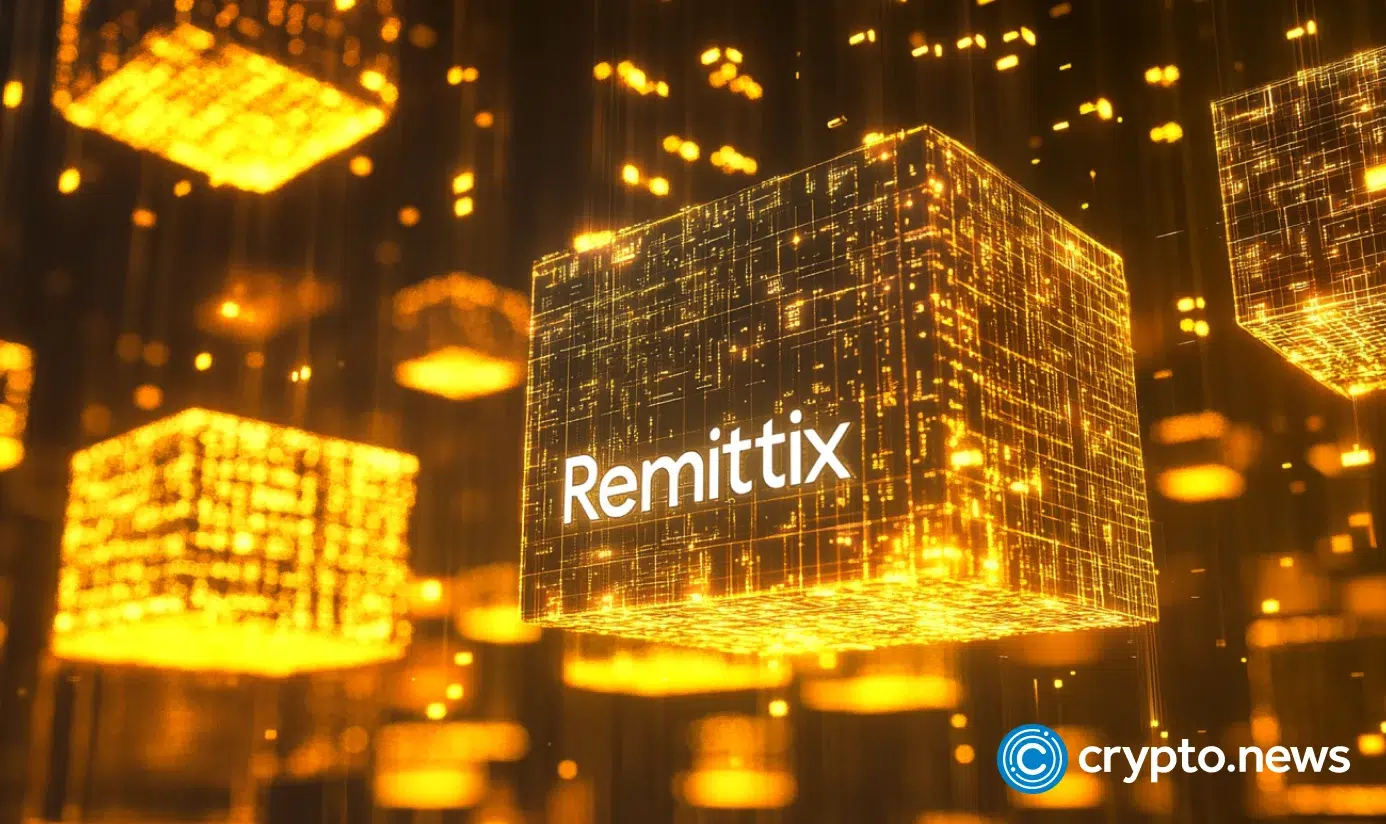
The word colleague is the meaning of laxity. In the Cryptocurrency Circle, the peer-to-pier (P2P) interaction means that transaction activity between members of a cryptocurrency network is similar. It is a departure from centralized banking, where a omnipotent bank controls all transactions.
In this article, we will learn what Peer-to-Pier (P2P) is, how it works, its role in DEFI and the advantages and challenges of peer-to-pier technology.
Understanding Peer-to-Pier (P2P) network
A Peer-to-Pier (P2P) Crypto trading platform is the one where users can buy crypto assets with fiat and also sell crypto assets for fiat without third party intervention.
In a specific P2P network, members contribute to equal amounts of shared and earned data or value. A lot of P2P can be shared through the network.
The first P2P use was introduced in 1979, as the computer era was coming under full effect. It was introduced as a Usnet that enabled its users to exchange messages.
In the context of cryptocurrency, peer transactions are influenced by the original idea to maintain transactions and eliminate centralization. Such transactions on the P2P network do not require supervision by 3 party to meet the transaction. He said, on most P2P platforms, the only third party is service provider that monitors trades to prevent scams. P2P adopts a technique that ensures that there is a safe transaction between the two sides.
Transactions on a P2P network rely on blockchain protection and are recorded, and it is impossible to prove the information of such transactions recorded on the laser.
Now that we have explained to the Peer-to-Pier Network, let’s know how it works.
How does a colleague to a colleague work?
The Peer-to-Pier Blockchain network does not have a central authority. Rather, all nodes, or peers, are interconnected. There is no hierarchy in a Aries network with “flat” topology, which connects the network nodes. Peer-to-pear networks are open, decentralized and flexible by nature because nodes in the network provide concurrent services and receive, serve as incentives for participation with mutuality.
A P2P network varies from a traditional client-server configuration in which each node on the network should act as both clients and servers. In the client-server system, the client always downloads files from a central server.
In contrast, in a decentralized system, each node acts as a server that has the ability to download and distribute materials to other nodes. The speed, security and effectiveness of the P2P network are explained by the possibility that a node can complete both sending and receiving together.
P2P role in defi
Banks and other financial institutions are often used as middlemen in traditional lending systems. When the borrowers apply for the loan through these organizations, the lenders deposited their money in exchange for the prescribed interest rate. However, this centralized paradigm has built -in disabilities, including excessive prices, restricted access and lack of transparency.
P2P lending in Defi uses smart contracts and blockchain technology to reverse this paradigm. By connecting borrowers and lenders directly, these platforms remove with the requirement of middlemen. Without the need for human participation, smart contracts-the confined agreement stored on the blockchain-which are applied to the obligations that are applied.
For example, a borrower can seek loan, indicating the desired amount, interest rate and repayment time. After reviewing these requests, lenders can fund loans that fit their risk tolerance. After mutual consent, the smart contract controls each phase of the process, guarantees that money is distributed and reimbursement is done by established terms.
Benefits of P2P in Cryptocurrency
Since a distributed network of computers lack a point of failure, colleagues to colleagues provide many benefits on traditional client-server architecture. However, with a client-server arrangement, the data may lose data when the server fails.
In addition, because P2P networks are decentralized and do not have a centralized server, they may be able to withstand attacks very well. Blockchain with P2P design, unlike banks, may allow network users to transact.
Shareing games and software on file-sharing networks is one of many applications of P2P blockchain network. Cryptocurrency also uses P2P network to provide decentralized transactions processing.
Challenges
Security and Trust P2P remains the main challenge of crypto technology. This means that some information that develops the privacy of users is not necessary before being engaged in P2P practice.
However, in fact, not all cryptocurrency exchanges maintain P2P principles. While some do, others require some information that develops privacy from participants. These are centralized exchanges that tilt the rules of countries where they work. This means that some governments require centralized exchange (CEX) to collect user information from customers that reveal their identity, which reduces the target of BTC’s P2P agenda.
One may be surprised why the government is intervening. This is clearly overlapping because the criminals provide under privacy that P2P provides to eliminate illegal activities.
P2P future
The future of P2P trading and decentralization is very bright. Blockchain technology is always developing, opening the door for more effective, safe and welcome platforms. As these systems develop, we estimate the type of business assets and an increase in digital interactions between people and organizations.
The tendency towards a more decentralized society emphasizes the value of autonomy, privacy and equity in the digital age and not only a technique, but also a cultural change. Cryptocurrency in front of this innings is peer-to-pier trading, which promises to democratizing financial and informative exchange for all.



